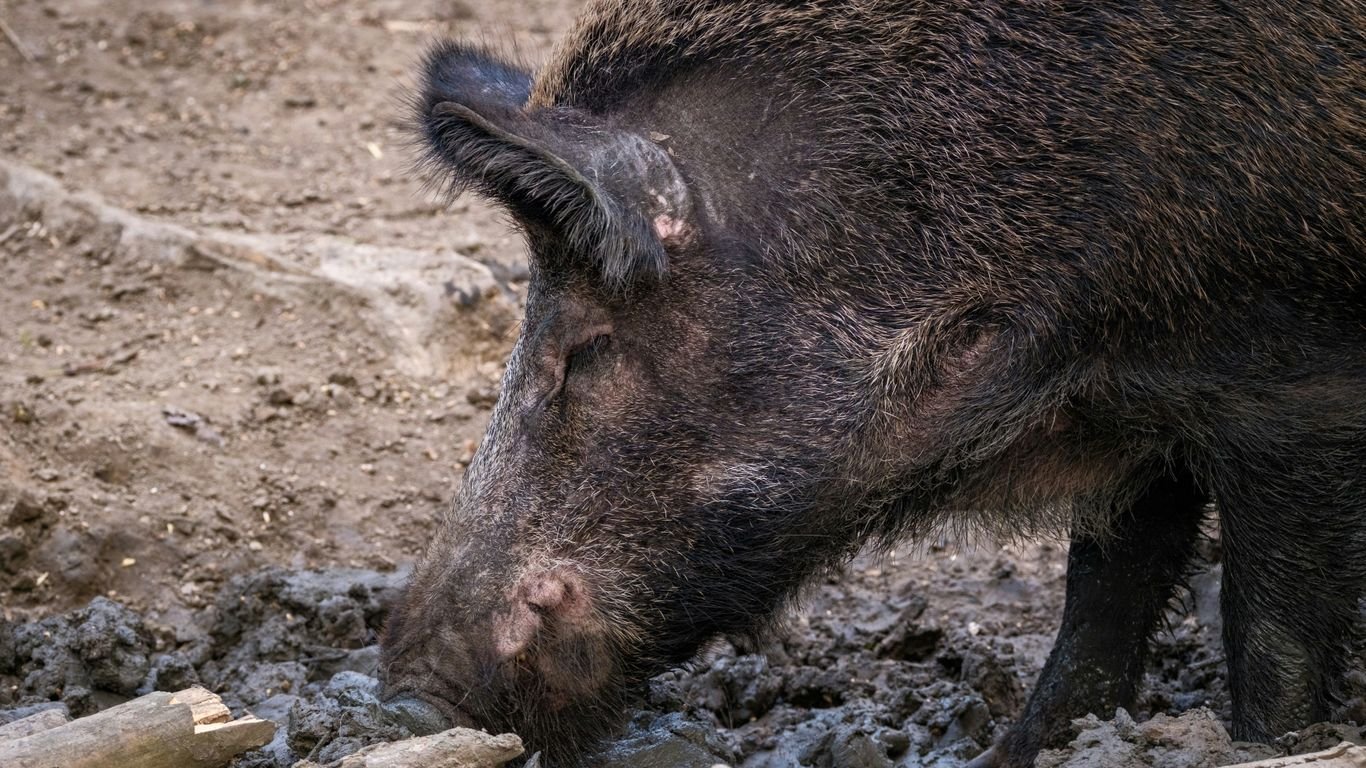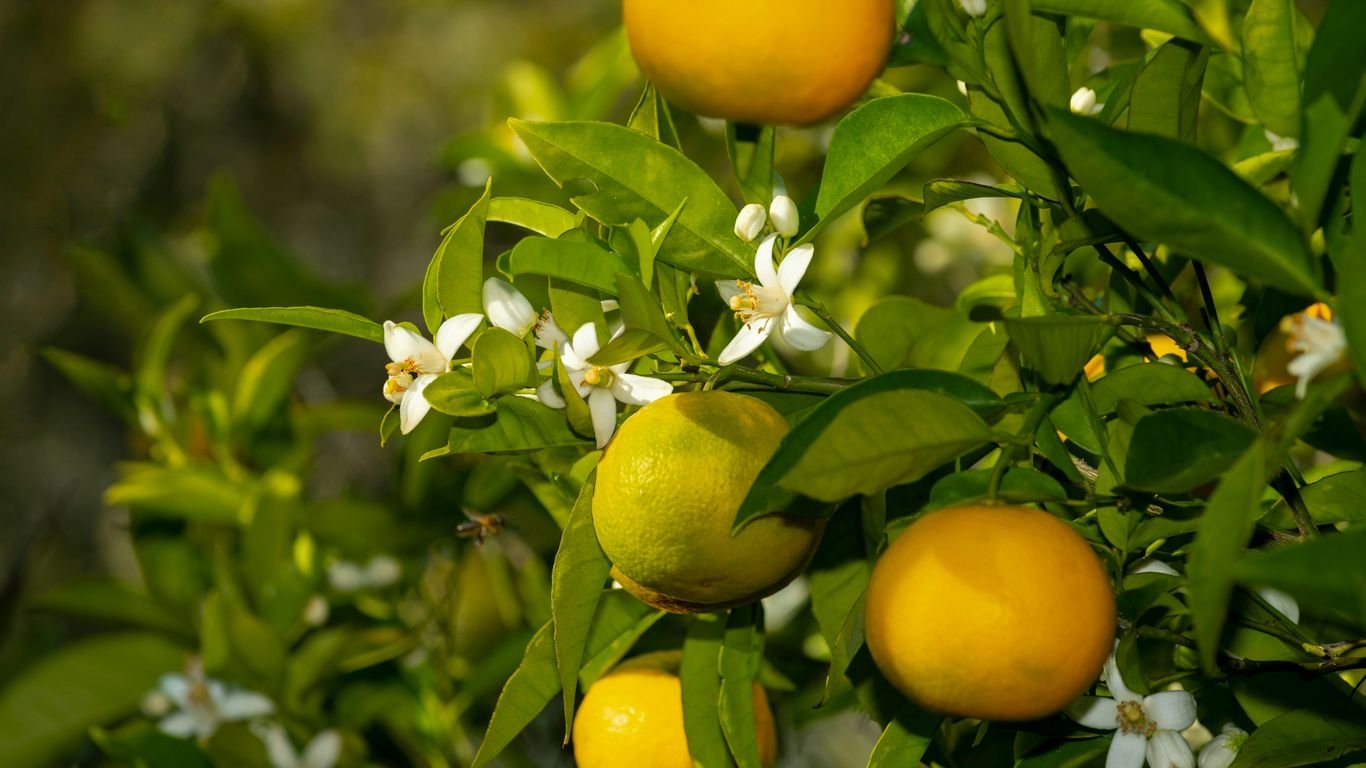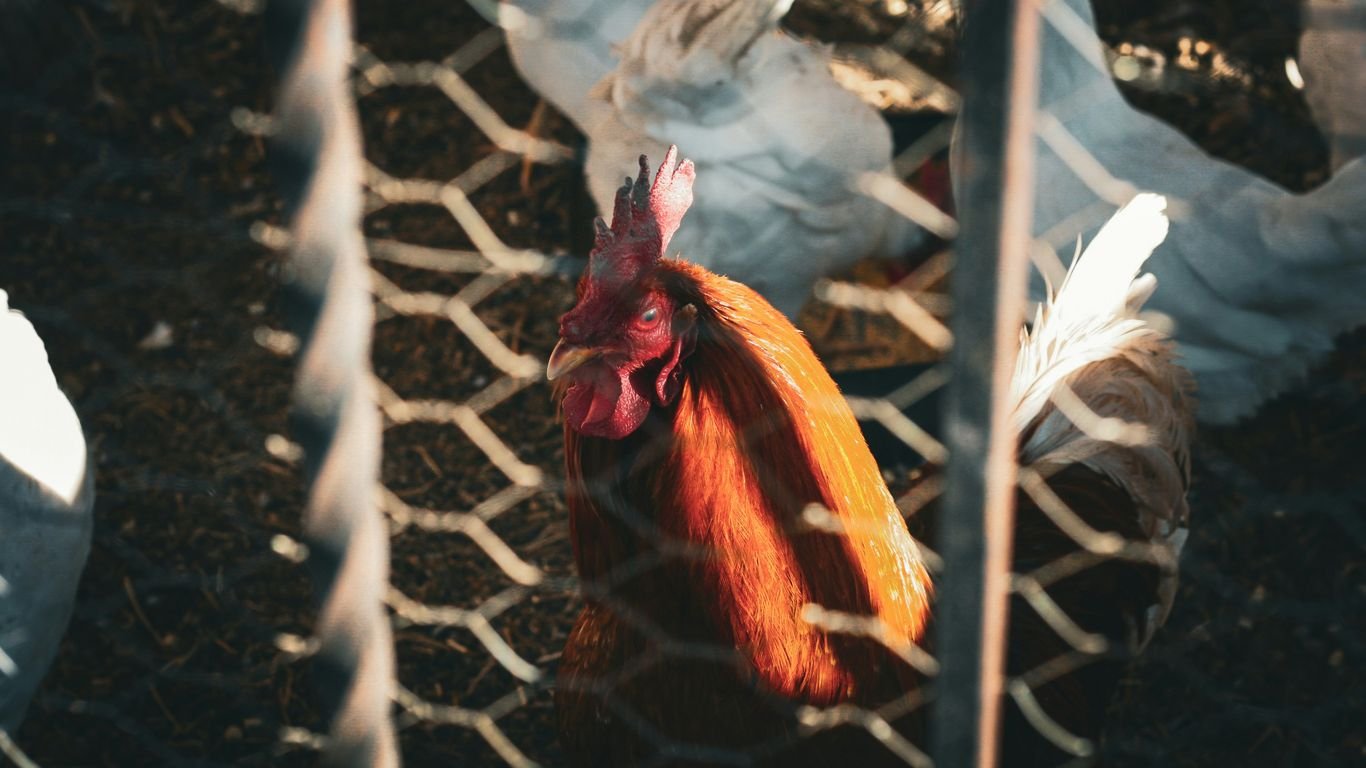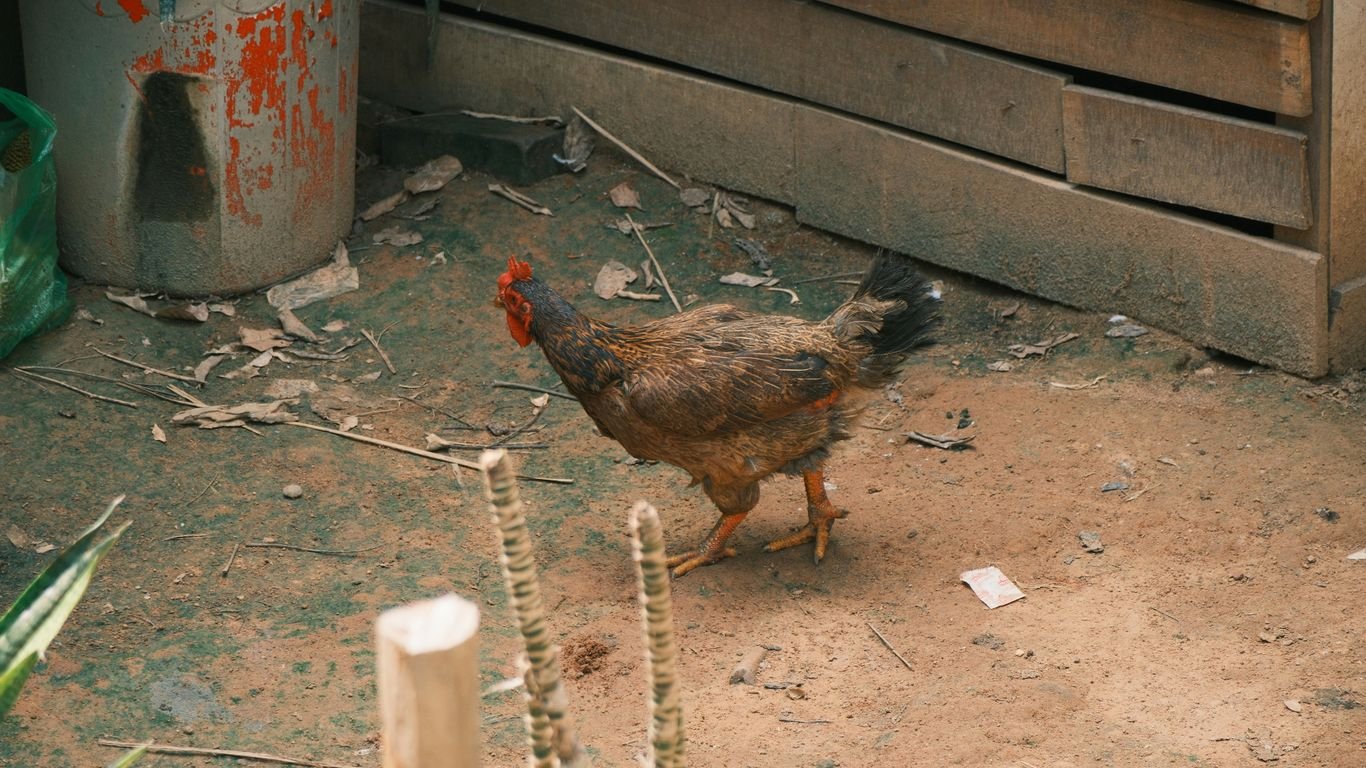Summer Pig Care: Cooling Strategies and Fly Control

As the weather warms up, we need to think about how to keep our pigs comfortable and healthy. Summer pig care involves more than just making sure they have enough water. We have to consider how the heat affects them and what we can do to help. Plus, those pesky flies really start to show up in force during the warmer months, and they can cause a whole lot of problems. Let’s talk about how we can manage both the heat and the flies to keep our pigs thriving.
Key Takeaways
- Making sure our pigs have access to plenty of cool, clean water is super important, especially when it’s hot. We need to keep water sources clean and encourage them to drink up.
- Pigs can’t sweat like we do, so we need to help them cool down. Misting them with water, providing shady spots, or even letting them wallow in mud can make a big difference.
- Good airflow in their living spaces is a must. It helps keep things from getting too hot and humid, which flies love.
- Flies aren’t just annoying; they can spread diseases and really stress our pigs out, leading to lower weight gain and profits. We need a plan to keep them under control.
- We can use a mix of methods for fly control, from keeping things clean and managing manure to using screens and, when needed, safe chemical treatments. It’s all about a consistent approach.
Beat The Heat: Essential Summer Pig Care
Summer’s here, and while we might be looking forward to longer days and warmer weather, our pigs can really struggle when the temperatures climb. Pigs don’t handle heat well because they don’t sweat much and have a thick layer of fat. This means they can overheat pretty easily, which is tough on them and bad for their growth and overall health. We need to pay extra attention to them during these hot months to keep them comfortable and productive.
Understanding Pig Heat Stress
Pigs have a harder time dealing with heat than many other animals. They generate a lot of internal heat from their metabolism, but they don’t have many ways to get rid of it. Unlike us, they can’t just sweat it all out. Their ideal temperature range is actually pretty cool, usually between 18 to 23°C (64 to 73°F). When the weather gets much hotter than that, they start to feel the strain. This heat stress can really impact their well-being and how much they grow.
Why Cooling Is Crucial For Pigs
When pigs get too hot, a few things happen. First, they have to work harder just to cool themselves down. This means more blood gets sent to their skin, which takes energy away from other important bodily functions. Second, and this is a big one, they stop eating as much. When a pig is stressed by heat, its body prioritizes cooling over digestion. Less food intake means less energy and fewer nutrients for growth, and it can even lead to digestive problems. For sows, this can affect their ability to get pregnant again and produce milk, and for growing pigs, it means slower weight gain. Keeping them cool isn’t just about comfort; it’s about their health and our productivity.
Recognizing Signs Of Overheating
It’s important to know what to look for so we can step in before things get serious. Some common signs that a pig is too hot include:
- Panting: They’ll breathe rapidly with their mouths open.
- Lethargy: They’ll seem tired, sluggish, and less active than usual.
- Seeking Cool Surfaces: They might lie on concrete or try to find shady spots.
- Reduced Appetite: They’ll eat less or stop eating altogether.
- Skin Redness: Their skin might appear redder than normal.
- Weakness or Collapse: In severe cases, they might become very weak or even collapse.
If you see any of these signs, it’s time to act fast to help cool them down.
Water Wisdom For Hot Weather
When the temperatures climb, keeping our pigs hydrated is super important. They can’t sweat like we do, so they really rely on water to keep their internal temps in check. Think of water as their personal air conditioning system. Without enough of it, they can get into serious trouble, fast.
Keeping Water Cool And Clean
We’ve got to make sure the water they drink isn’t just available, but also cool and clean. If we can, placing waterers in shady spots makes a big difference. It keeps the water from getting too warm, which makes it more appealing for them to drink. Plus, keeping water out of direct sun helps slow down that pesky algae growth. Nobody wants to drink slimy, green water, right? We should aim to clean out their water troughs regularly. Dirty water is a one-way ticket to sickness, and clean water really encourages them to drink up.
Encouraging Water Intake
Sometimes, even with clean, cool water, our pigs might not be drinking as much as they should, especially when it’s really hot. This can lead to problems like concentrated urine, which isn’t good for their urinary system. A simple trick we can use is offering free-choice salt. It sounds a bit odd, but it actually helps dilute their urine and encourages them to drink more to balance things out. It’s a small step that can have a big impact on their overall health.
Hydration’s Role In Preventing Illness
Dehydration can sneak up on pigs, especially if they’re dealing with something like diarrhea. When they lose fluids, it can get serious pretty quickly in the summer heat. Making sure they always have access to cool, clean water is one of the best ways we can help prevent these kinds of issues. It supports their digestion, helps their bodies get rid of waste, and keeps their electrolytes balanced. Basically, good hydration is a cornerstone of keeping them healthy and preventing a whole host of summer problems.
Smart Cooling Strategies For Your Herd
Pigs don’t sweat like we do, which means they can overheat pretty fast when the temperatures climb. We’ve got to be proactive to keep them comfortable and healthy. Here are some ways we can help our pigs beat the heat:
Misting and Hosing Down Pigs
This is one of the most direct ways to cool them off. A good spray with cool water can make a huge difference. We should aim to do this a few times a day, especially during the hottest parts of the afternoon. It’s not just about getting them wet; it’s about using that water to help them cool down through evaporation. Don’t underestimate the power of a good soak!
Providing Mud Wallows
If you’ve got outdoor pigs, giving them a mud wallow is like setting up a natural spa. Pigs love to roll around in the mud, and it’s a fantastic way for them to cool their skin. The mud acts as a natural sunscreen and helps keep them moist, allowing for evaporative cooling. It’s a simple, low-cost solution that they’ll definitely appreciate.
Optimizing Housing Ventilation
Good airflow in their living spaces is super important. We need to make sure their shelters aren’t just stuffy boxes. Setting up good cross-ventilation, where fresh air comes in and stale air goes out, helps a lot. This keeps the air moving and prevents heat from building up inside. Even simple things like ensuring there are openings on opposite sides of the building can make a big difference in keeping the air fresh and the pigs cooler.
Tackling The Fly Invasion
Flies can be more than just a nuisance; they can really impact our pigs’ health and well-being, especially when it’s hot. They spread diseases and stress out the animals, which we definitely don’t want. So, we need to get serious about keeping them under control. It might seem like a constant battle, but with the right approach, we can make a big difference.
Why Flies Are a Problem
Flies aren’t just annoying buzzers; they’re vectors for all sorts of nasty stuff. They can carry bacteria and viruses, spreading diseases like dysentery and mastitis among our pigs. This can lead to sick animals, reduced growth rates, and, frankly, a lot more work for us. Plus, the constant irritation can stress pigs out, making them less likely to eat and grow properly. Dealing with flies is a key part of keeping our herd healthy and productive.
Non-Chemical Fly Control Methods
Before we jump to sprays, let’s look at ways to manage flies without chemicals. These methods often take a bit more effort upfront but are much better for the environment and our pigs in the long run. Think of it as building a good defense system.
- Screens and Airflow: Putting up screens on openings can block flies from getting inside. Good ventilation is also super important. It helps keep things dry and reduces the stuff flies love, like moisture and heat. We want air moving through the barns.
- Cleanliness: This is a big one. Spilled feed is like an all-you-can-eat buffet for flies. Cleaning up spills right away and keeping the general area tidy makes a huge difference.
- Manure Management: Pigs make a lot of manure, and it’s not fun to deal with. But letting it pile up, especially in warm weather, is an open invitation for flies to breed. Regular cleaning and proper disposal are a must.
When to Use Chemical Fly Control
Sometimes, despite our best efforts, the fly population just explodes. When that happens, and non-chemical methods aren’t cutting it, we might need to bring in the heavy hitters. Chemicals can offer a quick knockdown, but we need to use them wisely and safely. It’s about knowing when it’s time to escalate the fight. We should always consider the safety of our pigs and ourselves when choosing any chemical treatment. For more on effective fly control, check out livestock fly control.
We need to be smart about how we tackle flies. A combination of keeping things clean, managing manure well, and using physical barriers is our first line of defense. If the problem gets out of hand, then we can consider targeted chemical applications, but always with safety and effectiveness in mind.
Effective Fly Control Tactics
Dealing with flies on the farm, especially when it’s warm, can feel like a constant battle. But with a solid plan and some consistent effort, we can really get a handle on them. It’s not just about swatting; it’s about being smart with how we manage our environment and, when needed, using the right tools.
Screens and Airflow Management
Keeping flies out starts with blocking their entry points and making the inside of our barns less inviting. Think of screens as a first line of defense. We can put up sturdy screens on vents and openings. While they won’t stop every single fly, they make a big difference in cutting down the numbers that get inside. Good airflow is just as important. When buildings are stuffy and humid, it’s like a five-star resort for flies. Making sure there’s plenty of air moving through helps keep things drier, especially in the manure, which flies absolutely love. A good breeze also helps keep our pigs more comfortable, which is a win-win.
Cleanliness Is Key
This might sound obvious, but we often underestimate how much simple tidiness helps. Spilled feed is a fly magnet. We need to get into the habit of cleaning up any feed that gets scattered right away. It doesn’t take long for flies to find it and start breeding. Keeping the general area around the pens clean and free of debris also makes it harder for flies to find places to lay their eggs.
Manure Management Matters
Let’s be honest, nobody enjoys dealing with manure. But when it comes to fly control, it’s one of the most important jobs we have. Pigs make a lot of manure, and in warm weather, it becomes a breeding ground very quickly. The longer manure sits around, the more attractive it is to flies. We need to have a system for removing it regularly and effectively. Even if we can’t get it all cleared out every single day, reducing the amount of time it sits there makes a huge difference in controlling the fly population. It’s a tough job, but it pays off.
Flies aren’t just a nuisance; they can spread diseases and stress our pigs, which affects their health and our bottom line. A proactive approach to fly control is an investment in our herd’s well-being.
Here are some ways we can tackle flies:
- Physical Barriers: Use screens on windows and doors to keep flies out.
- Ventilation: Ensure good airflow to reduce moisture and heat, making the environment less hospitable for flies.
- Sanitation: Regularly clean up spilled feed and remove manure promptly.
- Traps: Deploy various types of fly traps, like sticky traps or bait stations, in strategic locations.
- Water Management: Eliminate standing water sources where flies can breed.
Targeting Flies At Every Stage
Flies aren’t just annoying; they can spread diseases and really stress out our pigs, which we definitely don’t want. So, we need to hit them hard, at every point in their life cycle. It’s like a three-pronged attack: zap the adults, stop the babies from growing up, and make sure our farm isn’t a fly nursery in the first place. A consistent, multi-stage approach is key to keeping these pests in check.
Insecticides For Quick Knockdown
When you’ve got a swarm of adult flies buzzing around, sometimes you just need to clear them out fast. That’s where insecticides come in. We can use sprays that have a quick knockdown effect, meaning they kill flies pretty much on contact. These are great for a rapid response when the fly population seems to explode overnight. Just be sure to follow the label instructions carefully, especially regarding when it’s safe for the pigs to return to the treated area. We’ve found that using these strategically, perhaps after a big clean-out or when flies are particularly bad, can make a big difference in immediate relief.
Larvicides To Stop Breeding
We all know that flies lay a ton of eggs, and those little larvae can quickly turn into more adult flies. That’s why targeting them is so important. Larvicides are designed to kill fly eggs and larvae before they even have a chance to mature. We usually apply these to wet areas where flies like to breed, like around waterers or in damp bedding. It’s a bit like cutting off the problem at the source. This is a really effective way to reduce the overall fly population over time, rather than just dealing with the adults that are already flying around. It’s a more proactive step in preventing future infestations and is a good part of preventing stable fly infestations.
Safe Fly Traps For Piglets
When it comes to our younger pigs, especially piglets, we want to be extra careful. Harsh chemicals aren’t always the best option around them. That’s where traps come in handy. There are various types of fly traps available, from sticky rolls to bait stations. Some are designed to be non-toxic and environmentally friendly, making them a safer choice for areas where piglets spend their time. We can hang these traps or place them strategically around the pens. They might not offer the instant knockdown of a spray, but they work continuously to catch flies without putting the little ones at risk. It’s a good way to manage flies in sensitive areas and reduce the overall fly pressure on the herd.
Nutrition’s Role In Summer Pig Care
When the summer heat really kicks in, our pigs can struggle. They don’t sweat like we do, so managing their body temperature becomes a bigger challenge. This is where what we feed them can make a real difference. Adjusting their diet and ensuring they have the right nutrients can help them cope with the stress of hot weather.
Feed Adjustments For Heat
Hot weather can really mess with a pig’s appetite. When it’s scorching outside, their feed intake can drop significantly. This is a problem because they still need those nutrients for growth and milk production (if they’re sows). We often see pigs eating less during the hottest parts of the day and then trying to make up for it when it cools down in the evening or early morning. This can lead to digestive upset because not all the nutrients get properly processed. To combat this, we can shift our feeding schedule. Try feeding them only during the cooler parts of the day, like early morning or late evening. This helps them digest their food better and reduces the strain on their system.
Supplements To Combat Stress
Sometimes, just adjusting the feeding schedule isn’t enough. We can also look at adding certain supplements to their feed. Things like betaine and vitamin C can help pigs deal with the stress of heat. Some research also points to the benefits of certain essential oils. For instance, oils with menthol can make it easier for them to breathe, which is a big help when it’s hot. Eucalyptus oil is another one that might help with their immune system, especially their lungs. We’ve also found that adding things like Capsicum oleoresin (from peppers) can help improve feed intake and calm their digestive system. Cinnamon can also have a cooling effect internally. Combining these can give them a good defense against heat.
Timing Your Feeding Schedule
As we touched on, when we feed our pigs matters a lot in the summer. Instead of leaving food out all day, which might just sit there getting warm and unappetizing, we can be more strategic. Feeding them once or twice a day during the coolest periods is often best. This encourages them to eat when they’re more comfortable and helps ensure better digestion. For sows, especially those nursing piglets, maintaining their feed intake is vital for milk production. If a sow’s intake drops too much, it directly impacts her piglets. So, making sure she eats enough during the cooler times is really important for the whole litter.
Pigs have a narrower comfort zone for temperature than many other animals. When that zone is exceeded, their bodies work overtime just to stay cool. This diverts energy away from growth and production, and can even lead to health problems if they can’t manage the heat effectively. Paying attention to their diet is a key part of helping them through these tough summer months.
Wrapping Up Our Summer Pig Care Tips
So, there you have it. Keeping our pigs cool and fly-free during the summer isn’t just about making them comfortable; it’s really important for their health and how well they grow. We’ve talked about making sure they have plenty of cool water, ways to get relief from the heat like mud baths or sprinklers, and how to manage their living spaces to keep flies away. It might seem like a lot, but taking these steps now can save us a lot of trouble and keep our pigs happy and productive. Let’s make this summer a good one for them!
Frequently Asked Questions
How can we keep our pigs cool when it gets really hot outside?
When the weather heats up, we need to help our pigs stay comfortable. One way is to spray them with water or hose them down a few times a day. If we have the space, letting them play in a muddy area is also great because they can roll around and cool off that way. Making sure their living space has good airflow is super important too, so stale air can get out and fresh air can come in.
Why is having enough clean water so important for our pigs in the summer?
Pigs can’t sweat like we do, so they really rely on water to keep their bodies cool. Making sure they always have access to plenty of fresh, cool water helps prevent them from getting too hot. Dirty water can make them sick, and when they’re sick, they can get dehydrated really fast, which is dangerous, especially in the heat.
What are the best ways to stop flies from bothering our pigs without using strong chemicals?
We can try a few things before reaching for chemicals. Putting up screens on openings can help block flies from getting inside. Keeping the pig areas super clean, especially cleaning up any spilled food right away, makes it less appealing for flies. Also, managing their manure by cleaning it up regularly is a big help because flies love that stuff.
When should we consider using chemical fly control methods?
Chemicals can be really effective when the fly problem gets out of hand and non-chemical methods aren’t enough. We need to be careful, though, and always follow the instructions on the product. Some chemicals are meant for empty buildings, while others can be used around the pigs, but we have to make sure we’re using the right ones safely.
Are fly control products safe to use around our piglets?
It really depends on the product. Things like sticky fly traps or electric zappers are generally safe if we place them where the piglets can’t get to them. For chemical sprays or foggers, we have to be extra careful. Some are only safe for empty buildings, and we need to wait a certain amount of time before the piglets can go back in. It’s always best to check with our vet if we’re unsure.
How can we adjust our pigs’ food during hot weather?
When it’s hot, pigs might not eat as much, which can affect how well they grow. We can try feeding them during the cooler parts of the day, like early morning or late evening. Some special feed additives, like certain plant extracts, can also help them deal with the heat and keep their appetite up.






